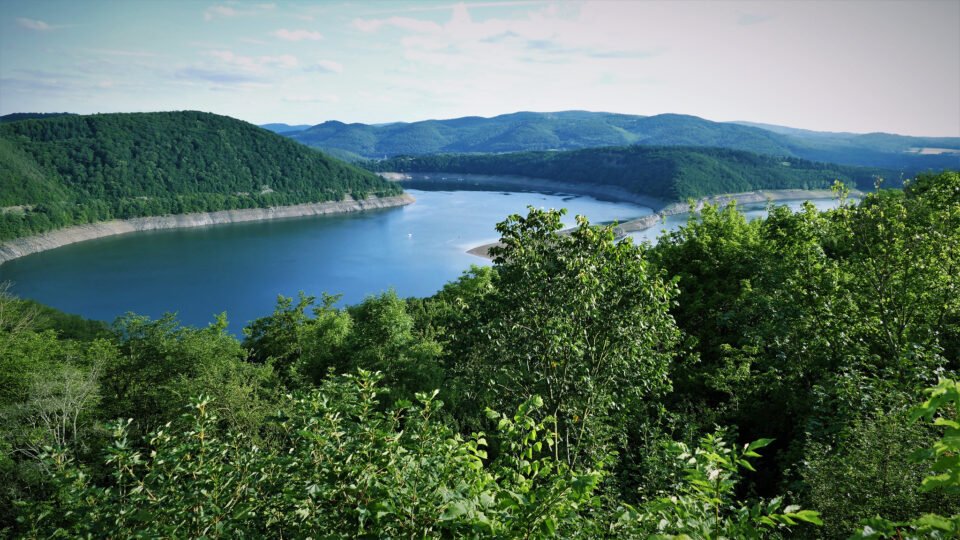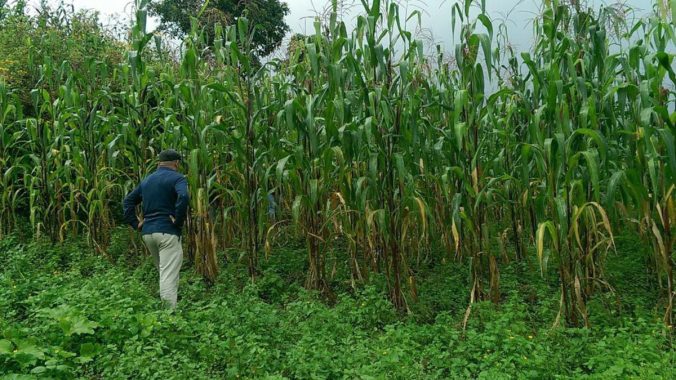During the summer, much of Europe faced a string of extreme heat waves and a devastating drought. As a result, many reservoirs and rivers have shrunk back to reveal historical structures and relics that, in some cases, date back thousands of years. Once-submerged villages, ships, and bridges have re-emerged this year.
In northwest Spain, a former village called Aceredo has reappeared after having been submerged 30 years ago when a hydropower dam flooded the valley where it was located. Elsewhere in Spain, the Dolmen of Guadalperal, a 4000-5000-year-old stone monument often called the Spanish Stonehedge, has risen from a drought-stricken dam west of Madrid
In Italy, which is suffering from its worst drought in 70 years, the ruins of a bridge from the time of Nero are now visible in the Tiber River. One of Germany’s largest reservoirs, the Edersee, has shrunk back so much that parts of Berich, a village that was flooded in 1914, can be seen. In Serbia, water levels in the Danube River are so low that more than a dozen sunken Nazi boats from World War II have been exposed in the town of Prahovo. In Northern England, the lower water levels of the Batings Reservoir have uncovered an ancient packhorse bridge.
The shrinking of riverbeds and reservoirs across Europe has attracted a great deal of attention, probably more than many other effects of the increasing number of extreme weather events because it is so visual. But the frequency of extreme heat and drought is only likely to increase over time.
**********
Web Links
Europe’s Shrinking Waterways Reveal Treasures, and Experts Are Worried
Photo, posted July 13, 2017, courtesy of Marco Brandstetter via Flickr.
Earth Wise is a production of WAMC Northeast Public Radio


